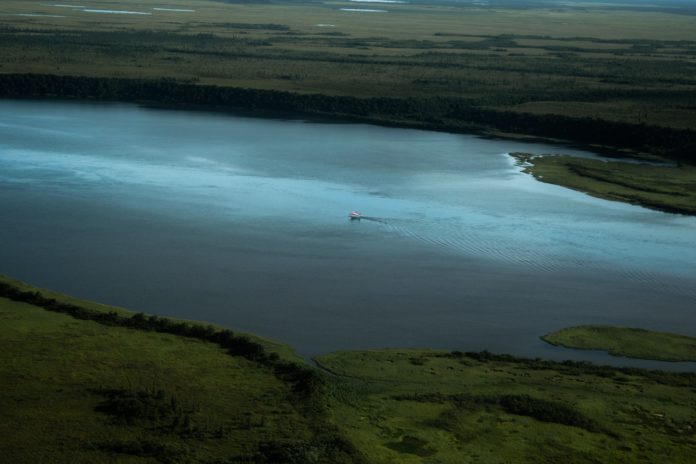Taking a lead from research showing very favorable opportunities for growth, the marketing arm of the wild Alaska pollock fishery was in Malaysia this week, for discussions, fish market tours, and a reception for buyers.
“Continuing to identify new international markets and opportunities for Wild Alaska Pollock in all its forms continues to be a goal for GAPP that our board believes in,” said Craig Morris, executive director of the Association of Genuine Alaska Pollock Producers.
Morris joined the U.S. Department of Agriculture, along with representatives of other U.S. agricultural commodities, during the Oct. 30 to Nov. 3 trade mission to Malaysia and Singapore that began in Kuala Lumpur. In Singapore delegates were to visit Singapore Agri-Tech Food Expo Asia and participate in the U.S.-Association of Southeast Asian Nations (ASEAN) Business Council Roundtable.
Morris said a 2021 study provided under contract with McKinley Research Group in Anchorage provided GAPP and its members with objective, data-driven assessments about current and potential wild Alaska pollock markets over a mid-to-long range horizon, through 2040. The research ranked international markets, based on a variety of factors including purchasing power, cultural food traditions, population growth, and more from very favorable to least favorable.
The study found that Malaysia has “avid fish eaters, an increasing demand for imported fish, a growing population that is mostly urban, and a large middle/upper class,” all factors which ranked it favorably compared to the other more than twenty export markets ranked in the study. Additionally, it is notable that Malaysia has the highest per capita seafood consumption among study countries (55 kg/per person) and a culture where everyone can consume fish.
According to GAPP, the study showed that Malaysians embrace wild Alaska pollock in both its fillet and surimi forms, with the Wild Alaska Pollock and other whitefish being cooked at home as a center-of-the-plate entrée, with the head on and bones in, fried or cooked in sauce. During Chinese New Year, fish is served with the head and tail on, signifying a start and an end to the year.
Surimi is also popular and available at noodle stalls, in fish balls, fish cakes, and as a snack food in convenience stores.
Morris described Malaysians as adventurous eaters, drawing their food culture from many other countries and cuisines, “but unmistakably, Malaysia is a country of fish-eaters with annual consumption per capita totaling 1.7 metric tons with whitefish imports totaling 19,200 metric tons.”
“With a population that’s expected to grow by more than 19% by 2040, the opportunity is huge for wild Alaska pollock as the country will need to grow imports to match population growth and culinary desires,” he said.















